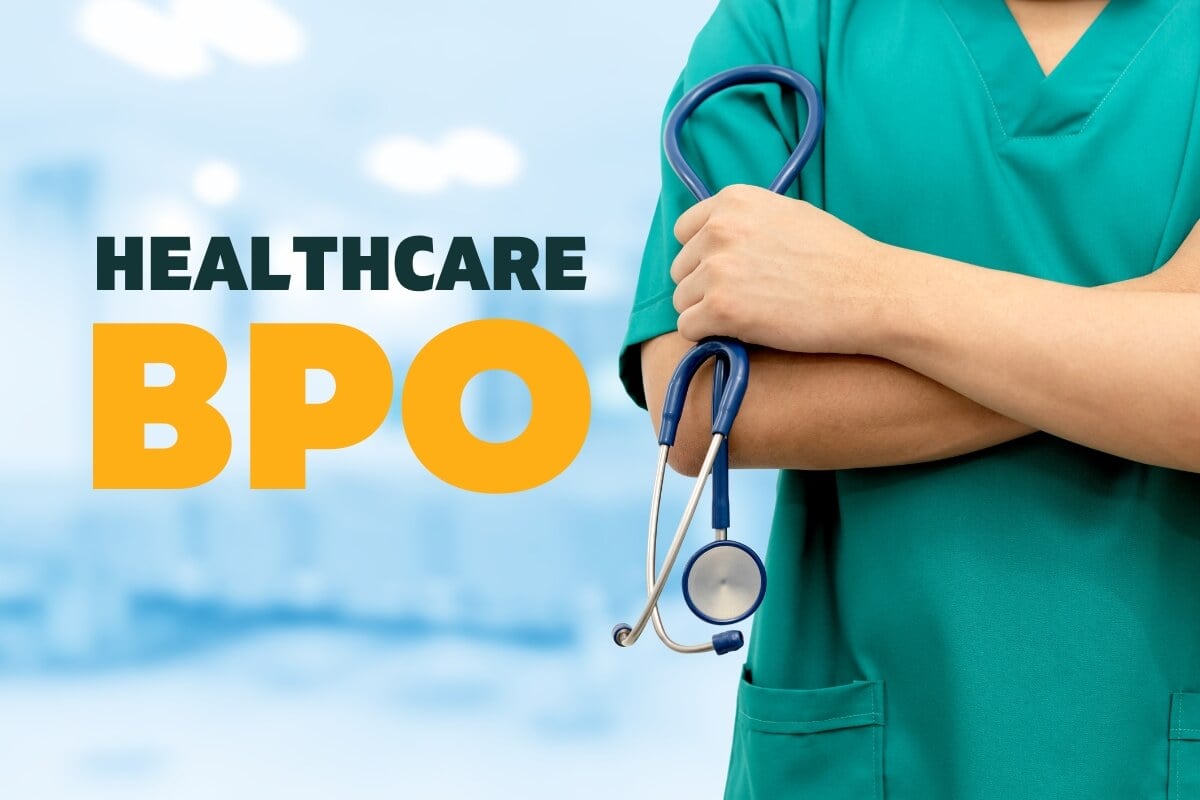Healthcare RCM: Optimize Earnings Cycle Management for Better Results
Healthcare RCM: Optimize Earnings Cycle Management for Better Results
Blog Article
Discover Just How Healthcare RCM Processes Transform Administrative Tasks Into Seamless Workflow
In the ever-evolving landscape of medical care, Earnings Cycle Management (RCM) procedures have actually emerged as a crucial force in transforming administrative tasks into seamless operations. By taking advantage of sophisticated innovation and improved methodologies, RCM offers an advanced approach to handling individual enrollment, payment, and declares processing. The responses to these questions are crucial for comprehending the future of healthcare management.
Recognizing Healthcare RCM
Income Cycle Administration (RCM) in health care is an essential process that makes certain the financial wellness of medical institutions by looking after the entire lifecycle of client solution earnings. It integrates numerous administrative and professional features, beginning from the first organizing of a medical visit to the eventual collection of repayment for services rendered. Healthcare RCM. RCM is crucial in handling the intricacies of billing and compensations, making certain that health care carriers receive payment for their solutions successfully and accurately
An extensive understanding of RCM entails recognizing the numerous components that make it effective. Trick elements consist of patient scheduling, insurance coverage verification, cost capture, claim entry, and payment uploading. Each of these components requires meticulous focus to information and durable systems to minimize errors that can result in profits loss. Furthermore, RCM is not entirely concerning economic collections; it additionally aims to enhance person satisfaction by decreasing payment mistakes and boosting transparency.
The effectiveness of RCM is contingent upon the seamless assimilation of modern technology and human source knowledge. Using innovative software services makes it possible for medical care establishments to automate repeated tasks, consequently decreasing management problems. Furthermore, qualified workers are crucial in navigating regulative needs and payer policies, ensuring compliance and optimizing earnings healing.
Improving Individual Enrollment
Streamlining individual enrollment is a basic action in improving the effectiveness of healthcare income cycle monitoring. It involves maximizing the first interaction between people and medical care carriers to make certain a smooth information collection procedure. Secret elements consist of the precise capture of individual demographics, insurance coverage verification, and authorization procurement. By digitizing these processes through integrated electronic wellness records (EHR) systems, health care facilities can lessen mistakes, reduce paperwork, and speed up individual throughput (Healthcare RCM).
Automated systems aid in confirming insurance qualification in real-time, which not just decreases administrative concerns however additionally boosts patient satisfaction by protecting against unexpected invoicing concerns. Furthermore, pre-registration processes allow patients to full types on the internet prior to their see, minimizing wait times and making it possible for staff to focus on even more complex jobs. This proactive approach guarantees that all essential details is gathered and validated before treatment is provided, consequently avoiding hold-ups in succeeding invoicing and declares processes.
Training team to use these systems efficiently is essential. It makes certain that information entrance is consistent and accurate, cultivating a smooth shift from individual enrollment to various other earnings cycle procedures. Inevitably, enhancing person registration lays the foundation for a more efficient, patient-centered medical care shipment design.
Effective Billing Solutions
Effective payment solutions are essential to maximizing medical care profits cycle management. They function as the backbone for making certain exact and timely financial deals between individuals, doctor, and insurance provider. By leveraging advanced technology and structured procedures, healthcare centers can significantly minimize payment mistakes, reduce hold-ups, and boost money flow. Applying durable billing systems promotes exact fee capture, making sure all services provided are accounted for and billed correctly. Automation tools can resolve invoicing information with scientific documents, stopping and reducing discrepancies claim denials.
Moreover, effective billing services equip health care carriers to use clear pricing and invoicing information to patients, cultivating trust fund and enhancing patient fulfillment. Real-time payment systems allow health care team to offer immediate comments on client qualification and out-of-pocket prices, boosting the general client experience. These solutions additionally permit seamless integration with digital wellness documents (EHR), making sure that invoicing and scientific details are in sync, lowering management concerns on doctor.
Integrating reliable payment solutions into the earnings cycle management framework not only optimizes operational effectiveness but likewise enhances monetary performance. By reducing mistakes, accelerating payment cycles, and enhancing individual interaction, medical care companies can concentrate extra on delivering quality care while maintaining financial sustainability.
Optimizing Insurance Claims Handling

In the world of medical care profits cycle monitoring, enhancing insurance claims processing is critical for maintaining economic wellness and functional effectiveness. A structured cases procedure lessens the time between service distribution and settlement, therefore improving capital and decreasing the likelihood of mistakes. Effective insurance claims processing starts with exact documentation and coding, which are important to ensure that cases are submitted without discrepancies that could lead to hold-ups or rejections.
Leveraging innovative innovation, such as automated claims monitoring systems, can considerably enhance the performance of this process. These systems are designed to automate repeated tasks, track claims via each phase, and flag potential problems early. This not only lowers the management burden on team but likewise boosts the precision of submissions by decreasing human mistake.

Enhancing Revenue Collection

Additionally, rejection management plays a critical role in maximizing revenue collection. Determining patterns in case denials, understanding origin, and carrying out corrective activities site web can substantially reduce persisting problems, thus boosting capital. Carriers must spend in robust analytics tools that facilitate thorough reporting and analysis, allowing them to address find more and rectify denial trends quickly.
Prompt follow-up on superior insurance claims is an additional crucial facet of profits collection. Developing a systematic strategy to check and go after aged accounts ensures that no profits is left unclaimed. Using devoted personnel or automated systems to track these claims can boost effectiveness and guarantee regular money inflows.
Verdict
Health Care Profits Cycle Monitoring (RCM) procedures considerably boost management performance by integrating advanced innovation and human competence (Healthcare RCM). The automation of individual registration, invoicing, and claims handling increases and decreases mistakes cash flow, eventually boosting person fulfillment via real-time insurance confirmation and transparent billing. By guaranteeing smooth functional flow, RCM permits health care providers to prioritize high quality care while maximizing earnings recovery and keeping economic stability, thus transforming administrative tasks into reliable, streamlined procedures
Revenue Cycle Management (RCM) in medical care is a crucial procedure that makes certain the financial health and wellness of medical establishments by supervising the whole lifecycle of patient service revenue.Enhancing person enrollment is a fundamental step in boosting the effectiveness of health care income cycle monitoring. It includes enhancing the blog first interaction between patients and healthcare carriers to make certain a smooth information collection procedure.In addition, reliable invoicing options encourage healthcare companies to offer transparent pricing and payment information to people, cultivating count on and improving patient complete satisfaction. Real-time billing systems enable health care staff to supply immediate responses on client qualification and out-of-pocket expenses, improving the general patient experience.
Report this page